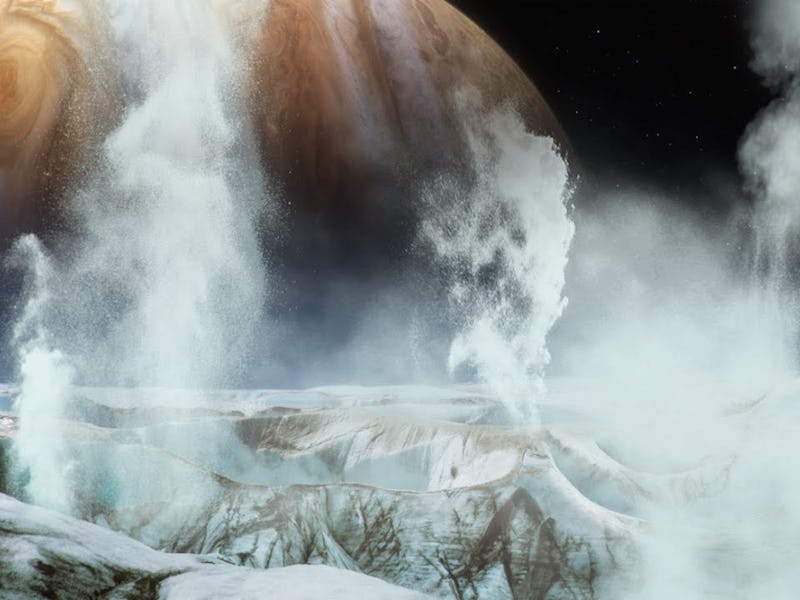Life on Earth passes down information from one generation to the next through one very basic but fundamental property: DNA. But there’s no reason by extraterrestrial life would adhere to the same rules. Other molecules might make up their genetic plan. Synthetic biologist Steven Brenner, however, believes we’d be able to spot at least a few similarities between the genetic material of humans and aliens.
Speaking at a two-day workshop in Irvine, California called “Searching for Life Across Space and Time,” Brenner described a way to look for alien life that may not seem like it has anything in common with life on Earth. But there are some basic features any genetic material needs to work, and by looking for those features, we can perhaps finally answer whether life exists elsewhere.
The most important feature for genetic material is the backbone. DNA’s backbone is made up of phosphate and sugar molecules that have a repeating negative charge, called a polyelectrolyte — which makes DNA water soluble and keeps it from folding on itself. Any alien version of DNA would need to have a similar backbone, with a repeating charge, to transmit information from one generation to the next in a watery environment.
So if we want to find life on Mars or elsewhere in our solar system, we need to look for DNA as well as molecules that act like DNA. Brenner has an idea for that.
“Usually when you have something that you want to pursue for science, it’s actually the hardest thing that you could do,” Brenner said. “Not the case here.” All it takes to find alien genetic material is a detector with evenly spaced charges on its surface. Put that detector in a sample of water, and any polyelectrolytes will be attracted to it, even beating out other charged molecules in the sample.
Once you’ve captured the polyelectrolyte, you can then look for other similarities to DNA. For example, DNA encodes information using an “alphabet” of just four letters — G, C, A, and T — and alien genetic material needs some kind of alphabet, too. If the captured polyelectrolyte turns out to be random molecules that just happened to form a charge pattern, it likely isn’t alien genes.
“I can take a liter, or a hundred liters, of Europa ocean,” said Brenner, “but no matter what the specifics of the molecule that support alien genetics, the detector will capture” polyelectrolytes in the sample. “You get me to a planet with water and I can tell you whether there is life there.”
